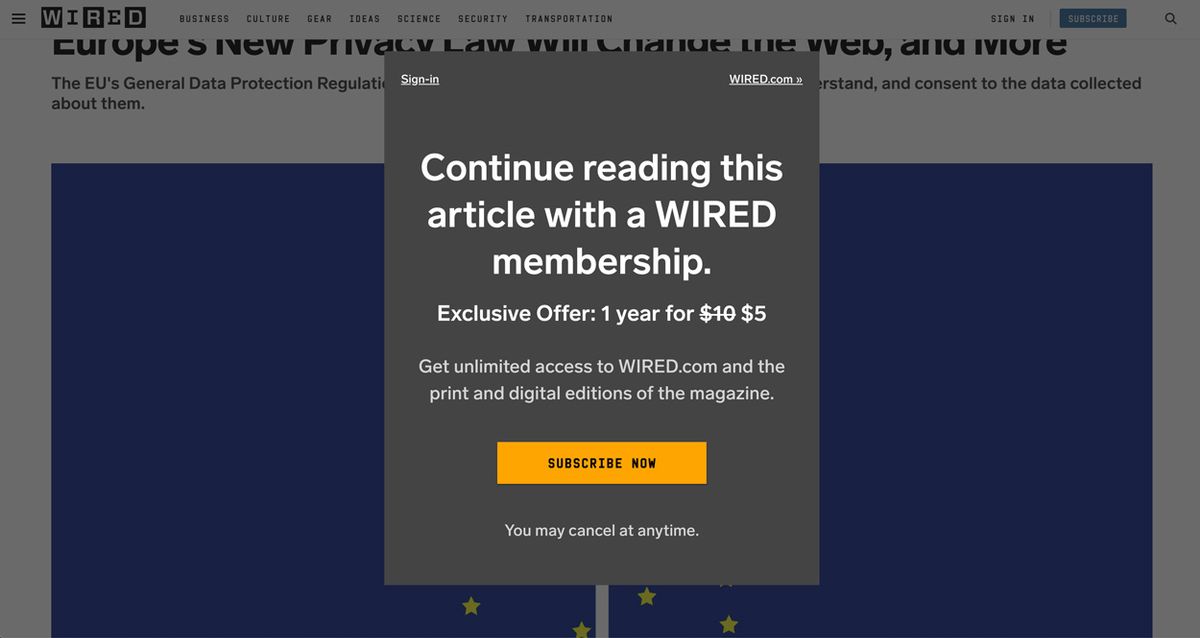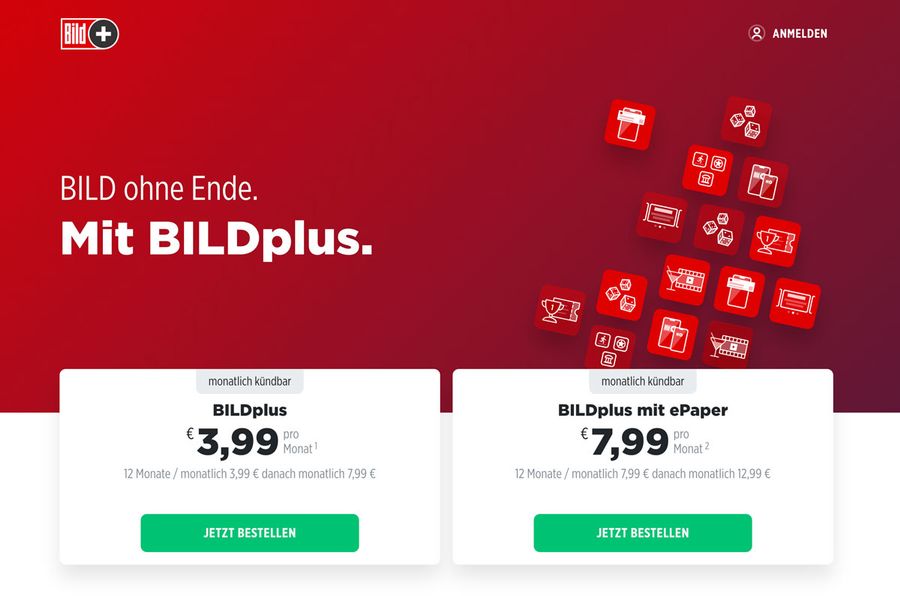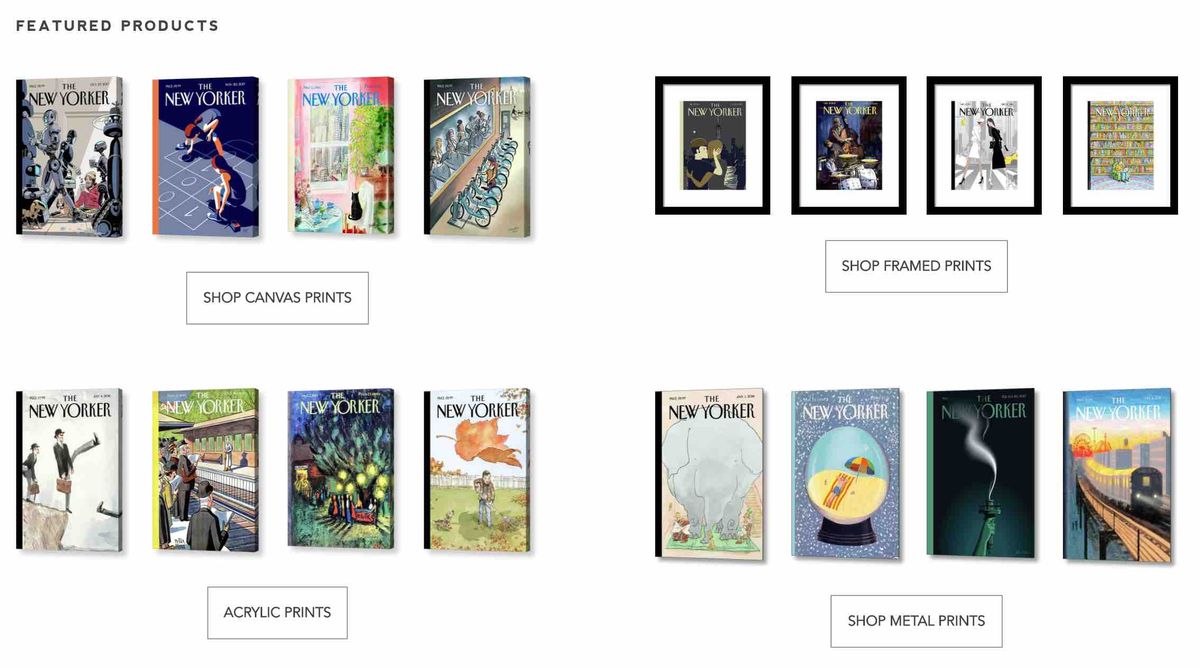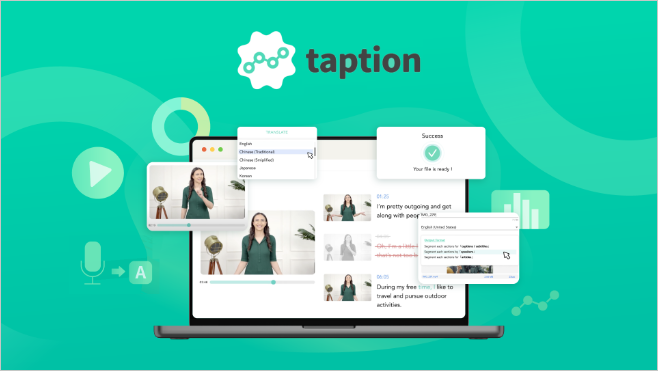In order to survive in the modern marketplace, publishing companies both large and small need to practice almost constant innovation to remain financially viable.
Whether yours is a large for-profit Fortune 500 company or a small town non-profit weekly newspaper, you simply can’t afford to only rely on your existing monetisation strategy. Anyone in the publishing industry knows that it’s hard work to create great, compelling content. What’s even trickier to perfect is writing great content whilst simultaneously running a successful business.
However, there is revenue to be gained out there – you just need to know how to tap into it.
In this blog, I’ll be looking at 8 tips that will allow your publishing enterprise to generate revenue and secure your long-term future.
If you’re ready, let’s get started.
1. Paywalls

Over the last decade or so, the publishing industry has seen many companies like Handelsblatt in Germany or Wired Magazine using paywall-based services.
Whether put into place as a soft paywall where access to articles is provided in exchange for registration or a hard paywall that requires a paid subscription, significant revenues can be generated in this way.
Other options are available, such as metered paywalls that allow a particular amount of articles to read per month for a set fee. You’ve also got new trends such as data-driven paywalls that utilise A/B testing to ensure that the most appropriate type is in place for the target audience.
Essentially, get the blend right and you’ll see, as did the data analysts at the Economist, publishing companies can gently and successfully encourage readers to pay to read their content.
Another natural consequence of this is that the content provided is seen by the reader to be exclusive and of premium quality. But Paywalls are just one effective way to monetise your publishing business.
2. Subscriptions

Another monetisation channel to generate revenue is via subscription services, which as you imagine, allows the reader to access your content for a regular fee. This umbrella term covers a few different models, each with their own benefits. They are:
Corporate Subscriptions: This variety of subscription is perhaps the most widely used online and it involves a set monthly fee, whereby the subscriber can access as much content as they like. It’s the model that platforms like Netflix and Spotify use.
Selling on 3rd Party Sites: Another profitable route to take is to sell the services of 3rd party sites via your own. When done correctly, this can appear as a seamless transition from your services to a strategic partner, so long as the services offered are closely related to your own.
Micropayments: A further subscription model exists in the form of micropayments that enable readers to only pay for what they read. After loading up credit onto their account, your subscribers read the articles they want, with the cost being deducted from their balance.
Historically speaking, news has been seen by readers as something they’re not willing to pay for. But times have changed somewhat in recent years, and subscription models – and there are many more besides these – are becoming much more popular with publishing companies and readers alike.
3. Digital advertising

When the internet was young back in the early 2000s, banner ads were everywhere and they were an effective way to sell goods and services…at the time.
Fast forward to modern times and these banner ads are just viewed as an irritation, meaning that you’re not only wasting your advertising budget, but you’re also annoying your readers.
Modern publishers can still use digital advertising, but it needs to be done a bit differently. More suitable digital advertising options now include:
Content Recommendations: An effective method of encouraging your readers to read more is via content recommendations that are based on metrics such as your past reading subjects, authors and genres. Using platforms like Outbrain, Taboola and Revcontent, you can guide potential readers to exactly the kind of thing they like to read about.
Native Advertising: Another modern paradigm in online advertising is native advertising, which can be really profitable when used correctly. What will usually be created in this scenario is an article that is paid for by the provider of the service or product – the advertiser – and presented as an editorial. Just be sure that you clearly display the fact it is native advertising or it can come across as disingenuous.
However you look at it, digital advertising is gaining popularity all the time, in fact digital advertising spending rose by 13% in the UK in the first half of 2019 illustrating the fact.
4. Events

The next monetisation tactic on my list deals with events, such as industry conferences, ideas festivals and award ceremonies, which can be accessed exclusively by your existing members as a perk of sorts.
This helps your members feel like they’re part of a club, as well as enticing others to join your subscription service for what it offers.
An example of what I mean by exclusivity would be to offer early bird discounts to your subscribers or guaranteed places at certain seminars or ceremonies. Whatever it is that you think your readers will be interested in – be it a webinar or a physical event – providing access to it will help to increase your subscriber numbers and drive your revenue in the right direction.
Of course, events are not an alternative at the moment due to the ongoing corona crisis. Nevertheless: in the medium-term, they will certainly become an integral part of your monetisation strategy again.
5. E-Commerce

Another often forgotten potential monetisation tactic is the marketable commodity of archived publications and prints. Be it for sentimental, personal or business reasons, there is a value attached to not only the iconic nature of certain images, but also to events that took place on certain dates. This can be seen on sites like the one run by major publication – the New Yorker.
The British music and fashion magazine The Face is an excellent example of the sentimental value placed on iconic images and stories from yesteryear. After having folded back in 2004 due to poor circulation figures, it has been relaunched online on a quarterly basis and publicised via Instagram with its unmistakable white on red branding. This relaunched publication has been well-received with a whole host of current pop music stars included amongst its virtual pages.
The Face has certainly shown that it still has its finger well and truly on the pulse of what’s in and what’s not, which has undoubtedly been a contributing factor to its renaissance.
However, the cover price is not the only monetisation tactic the magazine’s publishers have created, as there is a wealth of opportunity available for a significant income to be gained via affiliate marketing with the latest cool brands able to be bought on the site via affiliate links.
6. Podcast advertising

Podcasts are a popular modern phenomenon that provide value to the services offered by many different businesses across many different sectors. Listeners get to hear not only the interesting topics of conversation included in your podcasts, but you can offer exclusive discount codes and offers that only they will be able to enjoy.
You can include adverts, messages from sponsors and as many calls to action as you think will naturally fit into your podcast.
7. Newsletters

Whilst a newsletter might seem like a communication medium from another time, it has experienced something of a renaissance in recent years. Newsletters can still be an extremely effective monetisation tactic for your company.
There is much evidence to suggest that it’s far from an obsolete communication medium and actively encourages your readers to visit you more frequently, engage with you more often and increase their spending with you.
It’s also a medium that you can analyse and perfect for best results, with your email newsletter open rates, click rates, unsubscribe rates and disappeared reader rates all elements that can be tracked.
Content from our partners
Again by using A/B testing and adjusting your email newsletter strategy, you can ensure that you’re putting out exactly the kind of content value your readers are looking for.
8. Research and analysis

The last hint on my monetisation list relates to the evaluation of what emerging methods can be used to increase the profitability of your publishing business.
The relationship between publishers and advertisers is in a constant state of flux and whilst the publishers’ main output is content, the main power they have comes from the relationships they have with their communities via events, newsletters et al.
Established websites like Skift, Business Insider and The Economist Intelligence Unit (EIU) produce in-depth reports that can be bought for a reasonable one-off cost or viewed as part of a subscription. Those with a vested interest in keeping a close eye on the precise movements within any given industry will view these kind of reports as having high value.
This means that significant ongoing revenues are possible, provided the reports you are producing are in demand.
The skillset of your team is a valuable asset and if there are ways, such as reports like those mentioned above that you can produce highlighting movement and trends in your industry, you’ll be able to showcase your authority in your field and your value to your readers.
Conclusion
You simply cannot afford to sit on your current revenue streams in the publishing sector, because the volatile nature of the industry can quickly lead to your company becoming outdated and value-less to your readership.
We’ve been through 8 of the most crucial tips to monetise certain aspects of your operation, but there are certainly more.
If there’s one takeaway from reading this blog, it should be that if you stand still, you’ll soon end up going backwards in the publishing industry.
This article was first published on purplepublish.com.













